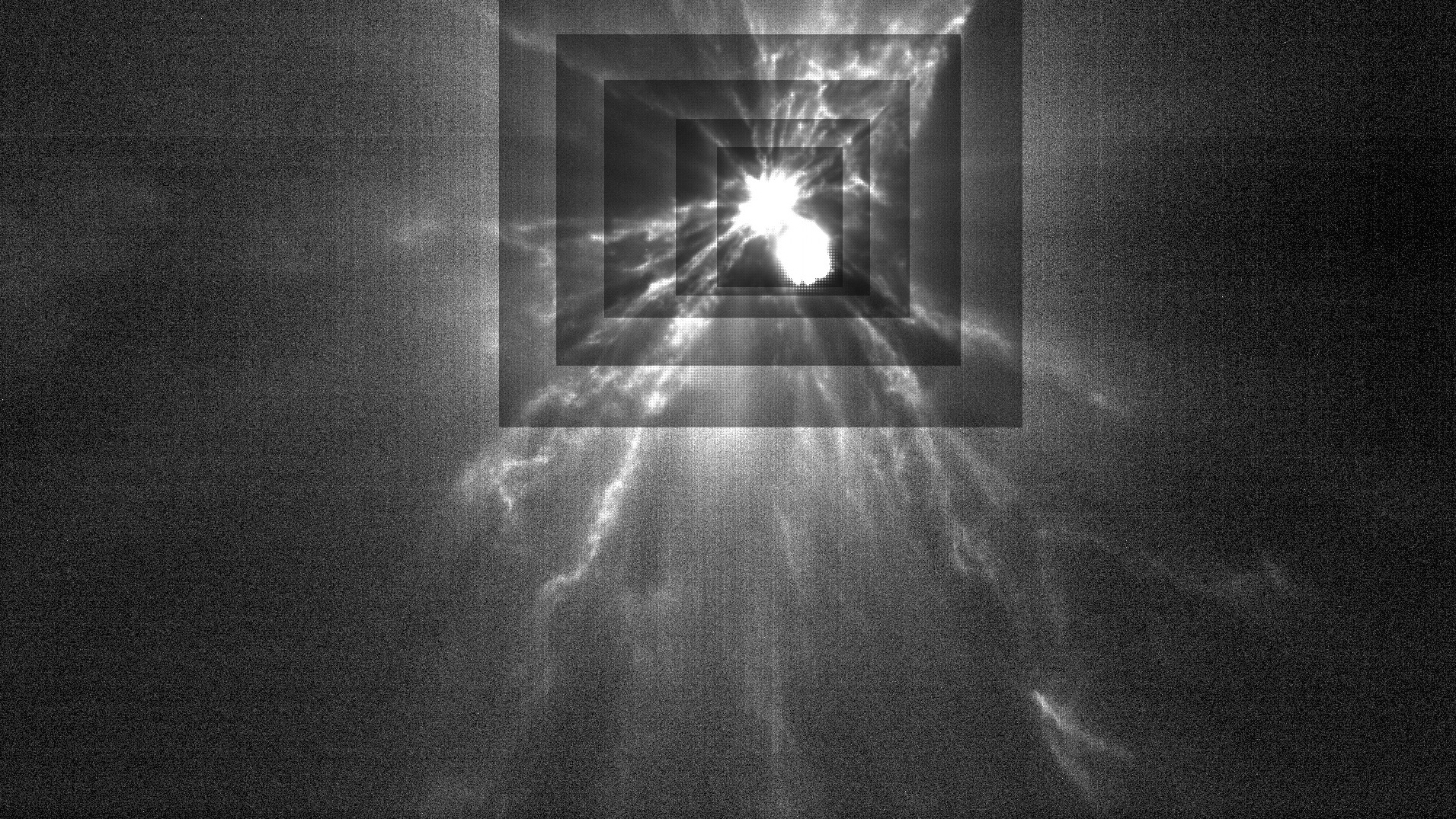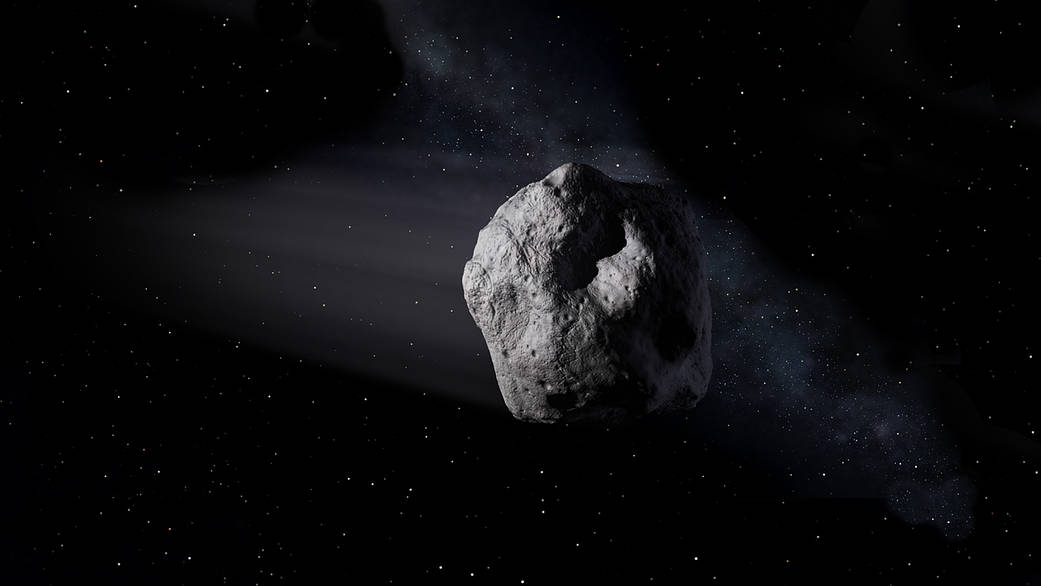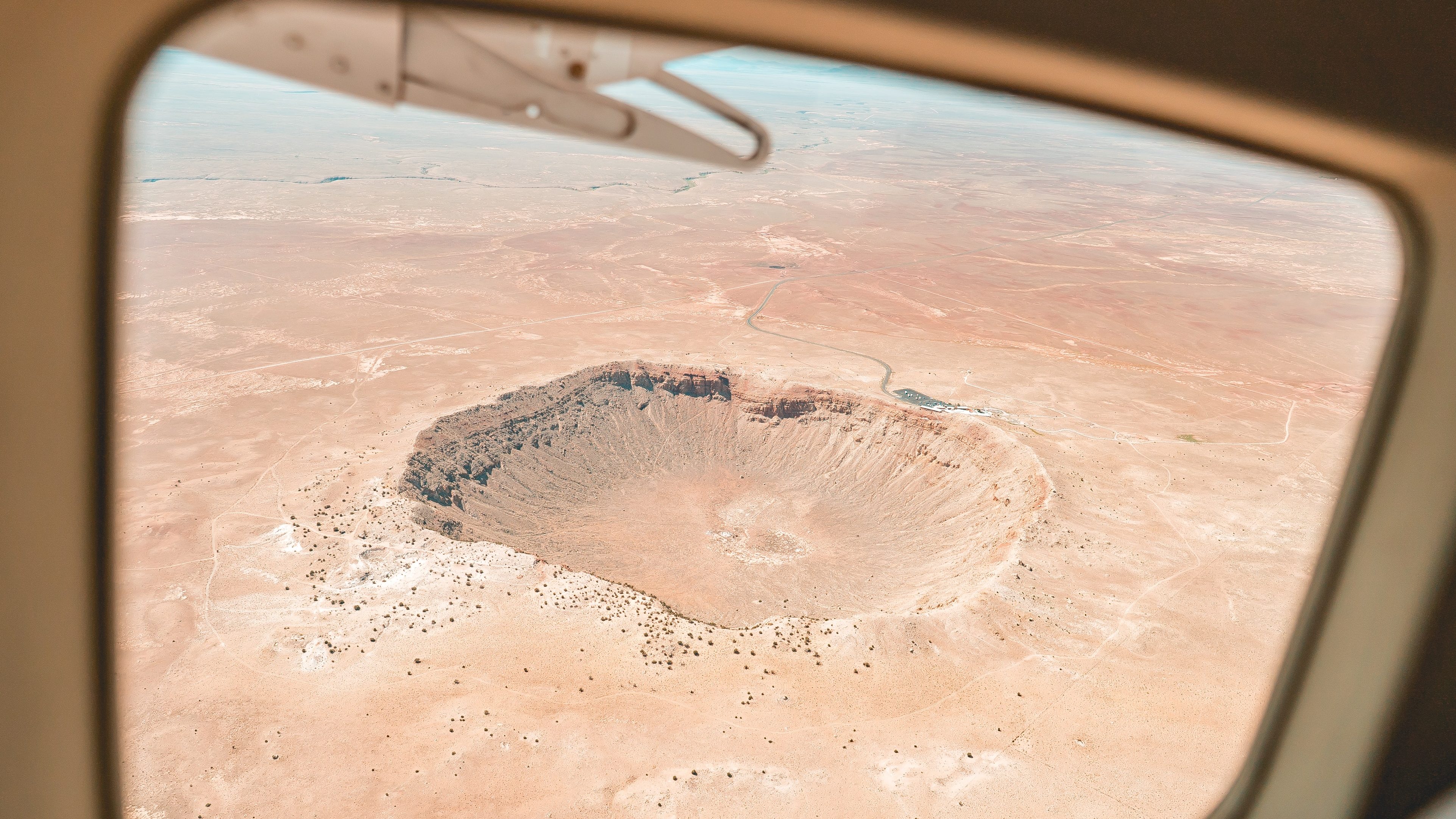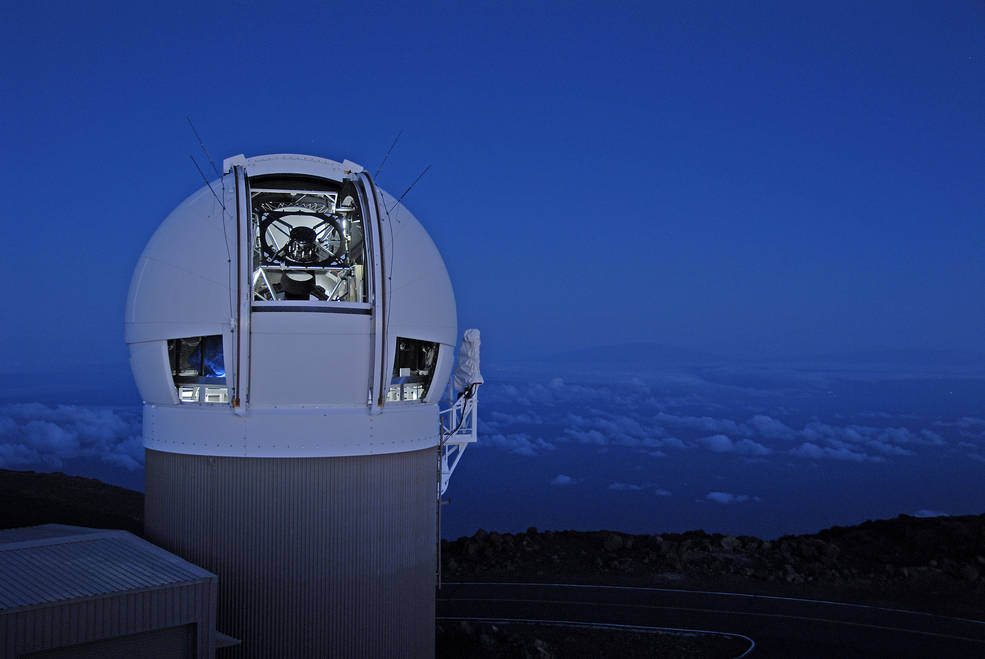Finding Killer Space Rocks Before They Find Us: Turbo Edition

What’s the Latest Development?
Last week’s events involving big rocks from space — the Asteroid DA14 fly-by and the Chelyabinsk meteor strike — have energized NASA and several private groups currently working on ways to detect and ward off future visitors. One of the groups, the B612 Foundation, wants to launch a space telescope that will identify most asteroids larger than 460 feet in diameter that are in Earth’s vicinity. They also hope to locate asteroids that are as small as 100 feet in diameter. Spokeswoman Diane Murphy says that their Web site and Twitter account have received thousands of hits: “[Everybody is] saying, ‘When are you going to have the telescope up?’“
What’s the Big Idea?
Searches for killer rocks in space have been going on since the 1980s. In 2007, NASA issued a report that cataloged potentially dangerous objects, and scientists fought unsuccessfully to deploy a telescope that would orbit the Sun and scan the solar system. Today, with limited funding, NASA’s earthbound telescopes are able to locate almost all large objects headed this way. For their part, B612 Foundation chair Edward Lu says his organization’s effort will cost approximately $450 million and yes, they welcome donations from the public.
Photo Credit: Shutterstock.com





